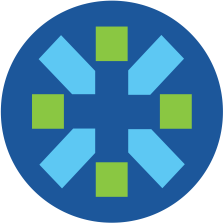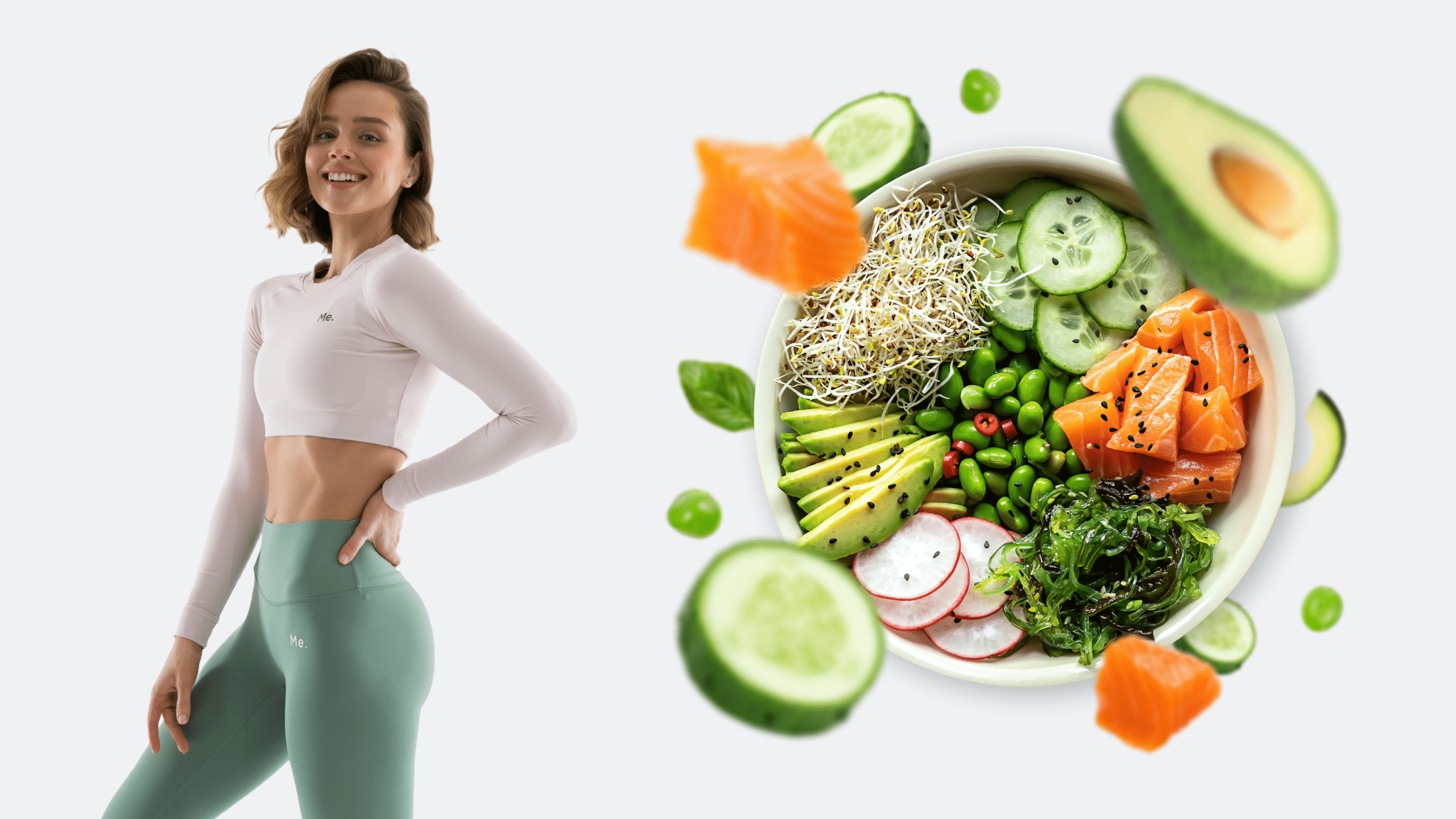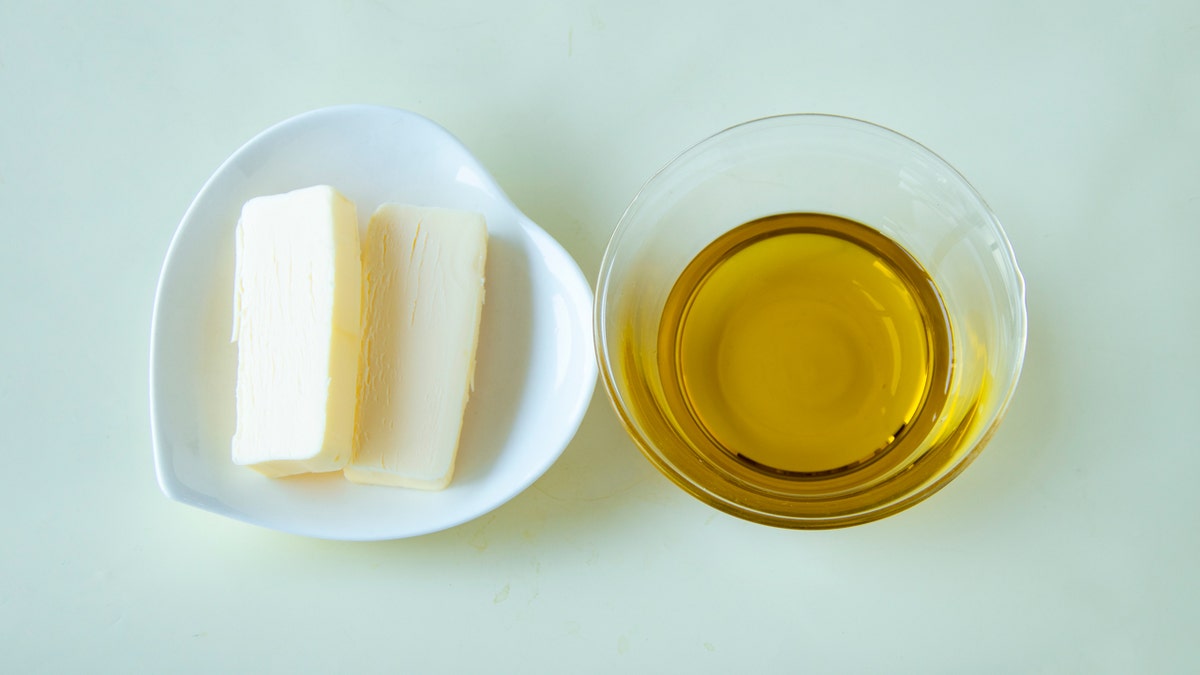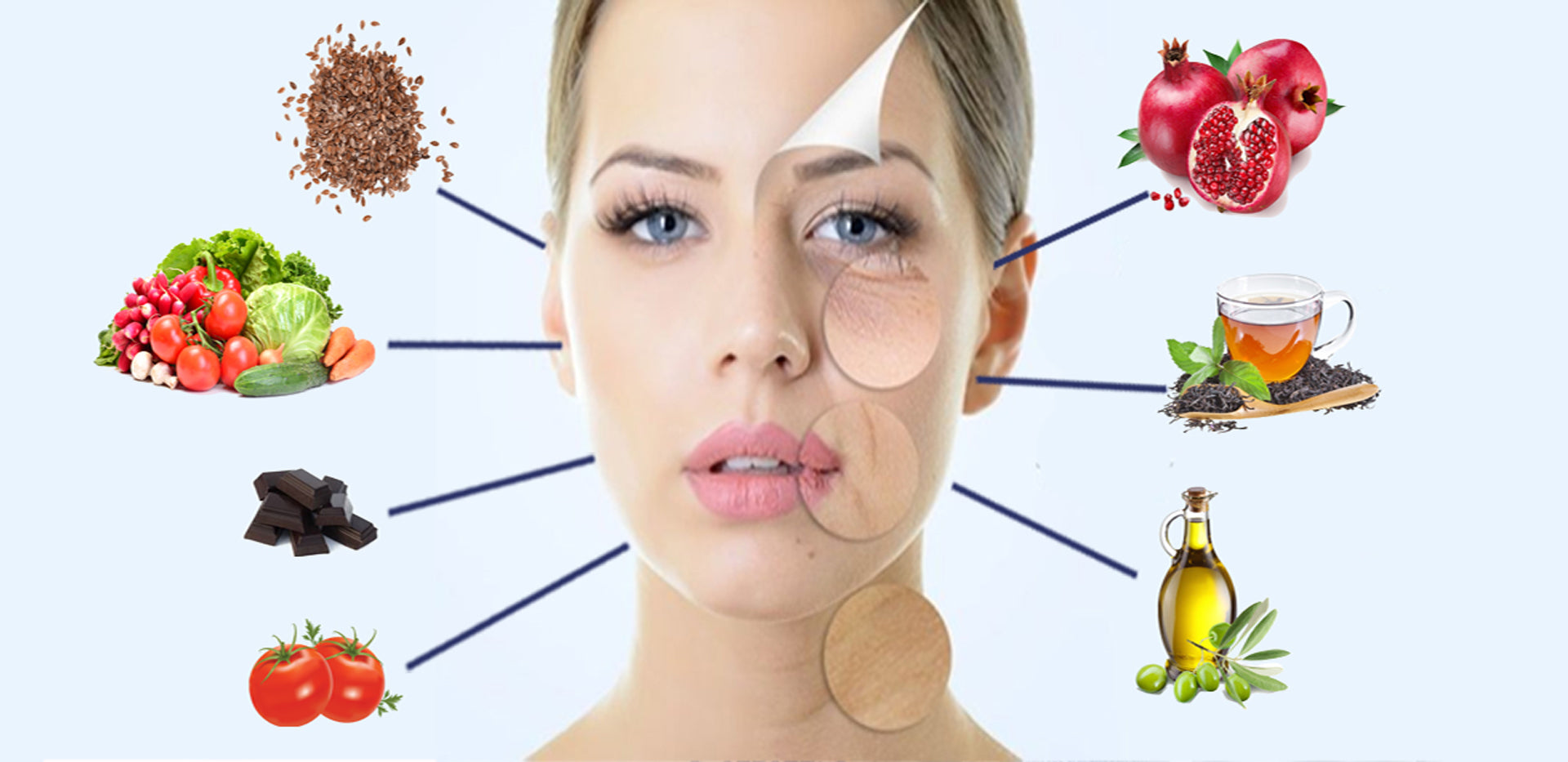Calorie Requirements
To determine your daily calorie needs, it’s recommended to weigh yourself at least three times a week and track your food intake using a calorie-tracking app. If your weight remains stable, your current calorie intake is considered your “maintenance” level. In a bulking phase, it’s recommended to increase your calorie intake by around 15%. For example, if maintaining weight requires 3,000 calories a day, you should consume approximately 3,450 calories in a bulking phase. Conversely, in a cutting phase, it’s recommended to decrease your calorie intake by about 15%. For example, during cutting, consume 2,550 calories per day. Reassessing your calorie goals each month to adjust for weight changes is key to continuous progress.
Macronutrient Ratio
Your macronutrient ratio should remain stable, regardless of whether you’re in a bulking or cutting phase. Generally, it’s recommended that protein makes up 30-35% of total calories, carbohydrates 55-60%, and fats 15-20%. This ratio supports muscle growth and overall health.
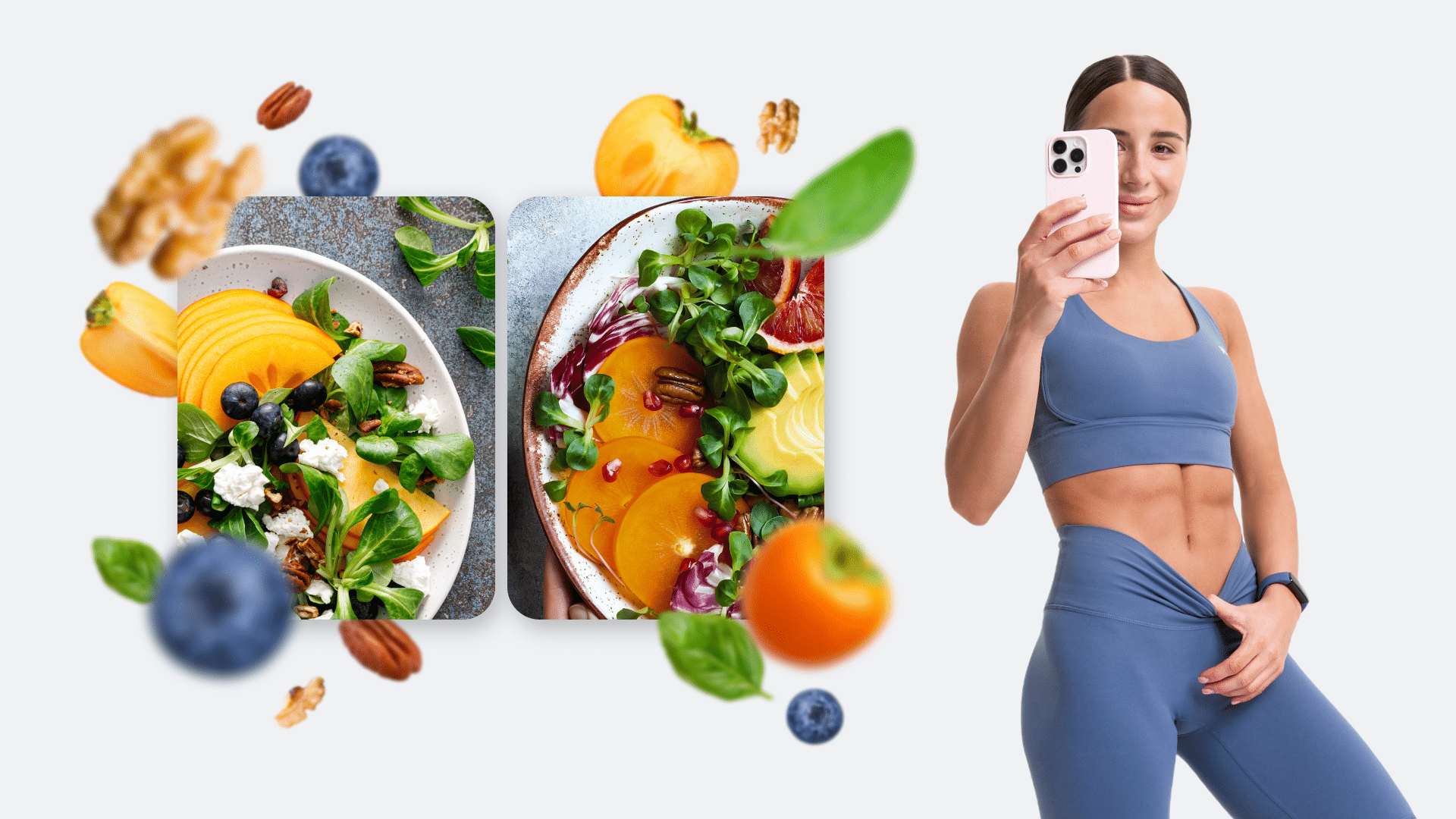
Recommended Foods
The following foods are helpful for supporting overall health and fitness goals:
- Meats, Poultry, and Fish: Sirloin steak , pork tenderloin , chicken breast , salmon , cod, and more.
- Dairy: Low-fat yogurt , low-fat milk , cheese , cottage cheese.
- Grains: Whole-grain bread , oatmeal, brown rice, quinoa, popcorn, etc.
- Fruits: Oranges , apples , bananas , grapes , pears , strawberries, blueberries, etc.
- Starchy Vegetables: Sweet potatoes , corn , peas, cassava, etc.
- Vegetables: Broccoli , leafy greens , tomatoes, peppers, cucumbers, onions, etc.
- Seeds and Nuts: Almonds , walnuts , sunflower seeds, chia seeds, flaxseeds.
- Beans and Legumes: Chickpeas , lentils, kidney beans, black beans, etc.
- Healthy Oils: Olive oil , flaxseed oil, avocado oil.
Foods to Limit or Avoid
While it’s important to eat a variety of foods, there are some that should be limited in both bulking and cutting phases:
- Alcohol: Alcohol can negatively affect muscle growth and fat loss, especially when consumed in excess.
- Added Sugars: Added sugars provide calories but few nutrients, common sources include candy, cakes, ice cream, sugary drinks, and more.
- Deep-fried Foods: Deep-fried foods contain unhealthy fats and, when consumed excessively, may lead to inflammation and disease.
Additionally, before workouts, avoid foods that may slow digestion or cause stomach discomfort:
- High-fat foods: Fatty meats, butter, heavy sauces, etc.
- High-fiber foods: Beans, cruciferous vegetables (broccoli, cauliflower).
- Carbonated beverages: Sparkling water, diet soda.
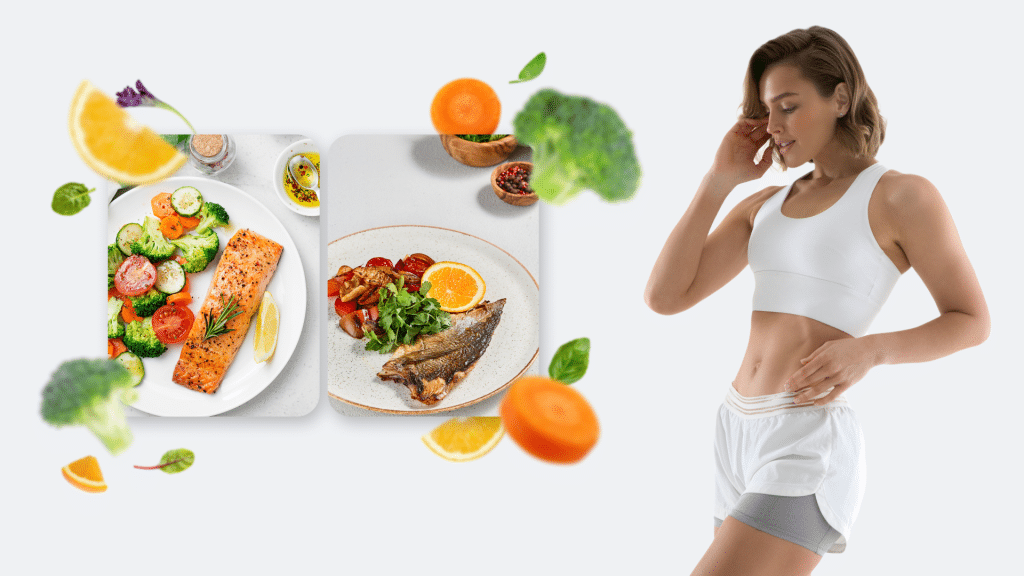
Supplements
Many fitness enthusiasts use supplements to support their fitness goals, but it’s important to consult a healthcare provider before introducing new supplements. Common supplements include:
- Whey Protein: Whey protein can be a convenient way to boost protein intake.
- Creatine: Creatine helps provide energy for muscles to perform additional reps, and creatine monohydrate is considered the most effective.
- Caffeine: Caffeine helps reduce fatigue and can enhance workout performance.
Sample Menu
Traditional bodybuilding diets often lack variety and sufficient essential minerals and vitamins. Therefore, it’s essential to incorporate variety into your diet, especially during a cutting phase when calories are limited. A typical week of meals may look like this:
Monday
- Breakfast: Scrambled eggs with mushrooms, oatmeal, and a pear.
- Snack: Low-fat cottage cheese with blueberries.
- Lunch: Venison burger , white rice, and broccoli.
- Snack: Protein shake and a banana.
- Dinner: Salmon , quinoa, and asparagus.
Tuesday
- Breakfast: Protein pancakes with peanut butter and raspberries.
- Snack: Hard-boiled eggs and an apple.
- Lunch: Sirloin steak , sweet potato, and spinach salad.
- Snack: Protein shake and a peach.
- Dinner: Ground turkey with marinara sauce over pasta and cauliflower.
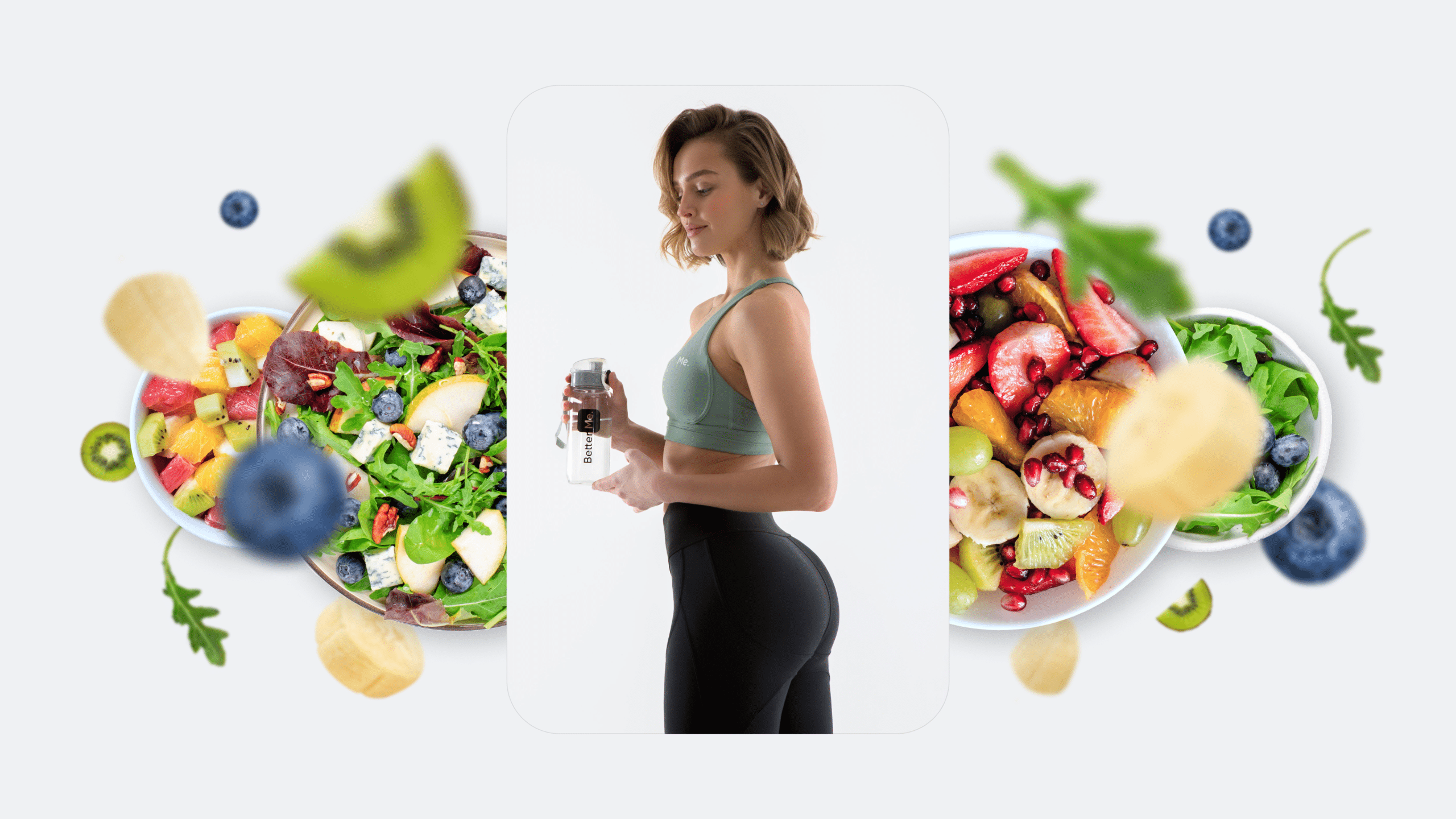
Benefits of Fitness
Fitness helps increase muscle mass and reduce body fat. Resistance training increases muscle strength and size, which is linked to a lower risk of several critical illnesses such as cancer and heart disease. Additionally, regular aerobic exercise improves heart health and lowers the risk of heart disease. A balanced diet can also help lower the risk of chronic diseases.
Potential Risks
While fitness offers many health benefits, there are some risks to be aware of. For example, extremely low body fat can affect sleep quality and mood. The use of anabolic steroids and other performance-enhancing drugs can lead to serious health issues such as heart disease and mental health conditions.
Conclusion
Women’s fitness focuses on muscle growth and leanness rather than athletic performance. Achieving the desired physique requires regular exercise and attention to diet. Dieting typically involves bulking and cutting phases, during which calorie intake fluctuates while macronutrient ratios remain stable. A balanced diet with nutrient-dense foods and adequate protein intake, while limiting alcohol, added sugars, and deep-fried foods, is crucial for achieving fitness goals.
For further information, always refer to relevant literature and resources to ensure a scientifically sound and healthy fitness plan.
